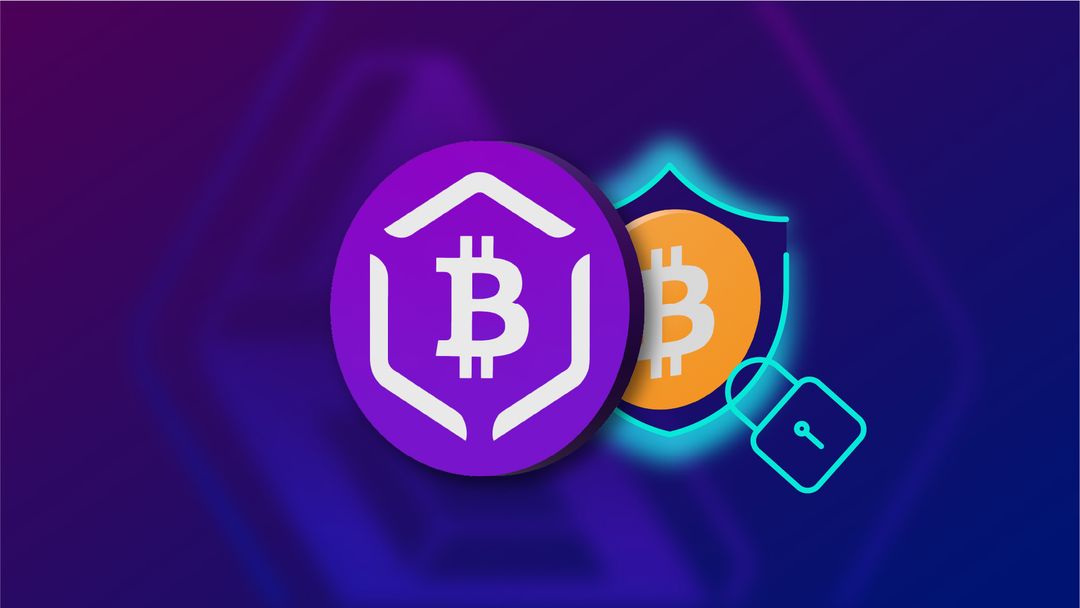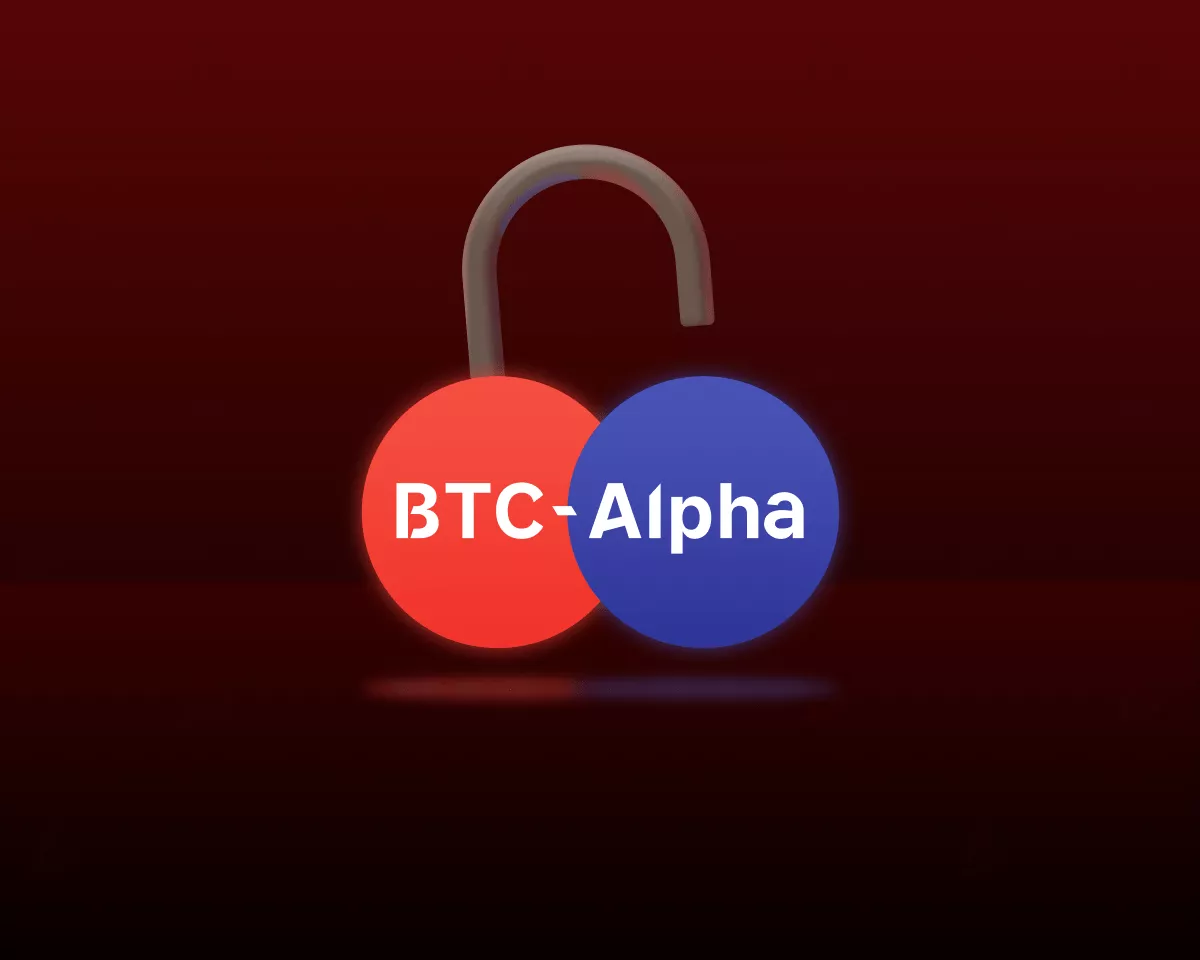Key Takeaways
● Traditional crypto insurance policies, including BitGo's coverage for wBTC, offer limited protection, covering only a tiny fraction of assets under custody and leaving depositors without direct compensation rights.
● The perceived safety of crypto insurance policies may mislead investors, especially institutions, into overlooking the full extent of their exposure in the event of significant losses.
● dlcBTC provides a self-custody solution that allows users to self-wrap their BTC for DeFi usage, mitigating risks associated with third-party custody and inadequate insurance coverage.
● By leveraging the inherent security of the Bitcoin network and distributing collateral across decentralized accounts, dlcBTC minimizes systemic risks and ensures individual asset protection.
● dlcBTC's non-custodial nature and decentralized collateral management offer a more reliable and efficient alternative for institutions to engage in the DeFi ecosystem, transcending the limitations of traditional crypto insurance models.
For Bitcoin (BTC) holders seeking to leverage their assets within the decentralized finance (DeFi) landscape, wrapping BTC into DeFi-compatible tokens like wBTC presents a viable pathway. However, this cross-chain value transfer technique raises significant concerns, particularly security and custody risks. Institutions and individuals alike are wary of relinquishing control to third-party custodians, fearing potential losses through hacks, fraud, or mismanagement.
In this context, crypto insurance policies, such as the one provided by BitGo for wBTC, are scrutinized for their efficacy in safeguarding assets. While on the surface, these policies promise a layer of security, their practical value is questionable. BitGo's insurance, for example, covers up to 250 Million which is a small fraction of the $50 Billion assets under custody. Moreover, the payouts in case of a loss are made to BitGo Corporation, not directly to the BTC depositors, raising questions about the actual safety net provided.
This article explores the limitations and realities of crypto insurance. It uses BitGo as a case study to illustrate how deposit insurance might not offer the safety net investors assume, emphasizing the importance of self-custody provided by dlcBTC.
The Reality of Crypto Insurance
Crypto insurance, often touted as a safeguard for digital assets, presents a layer of security that, upon closer inspection, reveals significant limitations. As mentioned earlier, BitGo covers a tiny portion of the total assets under custody. This disparity highlights a stark reality: the insurance would barely make a dent in a significant loss, covering merely 0.2% of all assets.
Furthermore, the insurance payout mechanism favors the custodian, BitGo Corporation, rather than the individual depositors, complicating the recovery process for affected parties. This arrangement leaves depositors without a direct claim, pushing them to rely on the custodian's discretion for compensation.
Additionally, unlike traditional bank deposits, the absence of federal deposit insurance for crypto custodians exposes assets to a complete loss risk, underscoring the inadequacy of crypto insurance as a standalone security measure for institutional investors looking to wrap their BTC holdings for DeFi usage.
The Risks of BitGo Insurance Perceptions
The perceived security offered by crypto insurance policies like BitGo's creates an illusion of safety that can be misleading for institutional investors. The limited coverage, coupled with the lack of direct compensation rights for depositors, means that investors could be left significantly exposed in the face of substantial losses. This reality challenges the notion of insurance as a solution for the risks associated with custodial services in the digital asset space.
This realization necessitates re-evaluating risk management strategies for users seeking to leverage their BTC holdings in DeFi. It underscores the importance of exploring alternatives that offer greater control and security, which provide the benefits of DeFi participation without the vulnerabilities inherent in traditional custodial models and the false comfort of inadequate insurance coverage.
The dlcBTC Advantages Over wBTC
In the world of BTC wrapping, the paramount concern for institutional investors is maintaining control and security over their BTC holdings. dlcBTC emerges as a revolutionary solution, addressing these concerns by allowing institutions to self-wrap their BTC into DeFi-compatible tokens without relinquishing control to third parties. This self-custody model is facilitated through Discreet Log Contracts (DLCs), a cutting-edge technology invented at MIT by Tadge Dryja, co-creator of the Lightning Network.
dlcBTC's self-wrapping mechanism enables depositors to lock their BTC in a DLC lockbox, a special type of multisig. Only the original depositor can access the funds, even in a security breach. This level of control and security contrasts with traditional wrapped Bitcoin solutions like wBTC, where custodians manage assets, introducing third-party risks such as collateral mismanagement and theft.
Furthermore, dlcBTC's design inherently mitigates risks associated with government seizure, fraud, and other custodial issues. Its non-custodial nature ensures the BTC locked in a DLC remains distinct and cannot be commingled, offering individualized control and unparalleled asset security. Moreover, the dlcBTC platform is fully automated, eliminating manual custody steps and significantly reducing the time required for minting and burning tokens.
These are the main benefits of dlcBTC Over wBTC in a table format:
| dlcBTC | wBTC |
Difference in wrapping technique | Non-custodial wrapping | Custodial wrapping |
Automation | The minting and burning processes are fully automated, making dlcBTC more efficient. | The minting and burning processes are partially automated, making wBTC less efficient. |
Collateral management | Distributed across multiple accounts. | Held solely by BitGo |
Bitcoin base-level security | Secured by the full hashrate of the Bitcoin network. | Not secured by the full hashrate of the Bitcoin network. |
User sovereignty | Exercises user sovereignty by letting depositors to lock BTC on-chain. | Violates user sovereignty by requiring depositors to send collateral to off-chain addresses. |
Fees | The management of BTC reserves by smart contracts eliminates custodial overhead costs. | The management of BTC reserves by BitGo introduces additional fees, such as vault fees |
Theft protection | The DLC lockbox only pays out to the depositor address at all times. | Bad actors could redirect the collateral to their addresses once they gain access. |
Beyond Insurance: Comprehensive Risk Management
dlcBTC's innovation in the DeFi space extends far beyond traditional security measures, providing a robust framework for managing collateral in a decentralized manner. Unlike traditional systems where collateral might be pooled, increasing the risk of systemic failure, dlcBTC ensures that each user's collateral is distributed across multiple decentralized accounts.
Decentralizing the collateral significantly mitigates the risk associated with centralized points of failure. In the event of a security breach, the impact is confined to individual accounts rather than affecting the entire network, thereby preserving the system's integrity and safeguarding users' assets.
Moreover, dlcBTC is underpinned by the security of the Bitcoin network, renowned for its resilience and extensive hashrate. Transactions within the dlcBTC ecosystem leverage this inherent security, ensuring that users enjoy the same level of trust and reliability synonymous with Bitcoin. This dual approach, combining decentralized collateral management with the robust security framework of Bitcoin, positions dlcBTC as a pioneering solution in the DeFi space. It offers institutions a compelling alternative to traditional finance models, often relying on insurance as a primary risk mitigation strategy.
Conclusion
In conclusion, the reliance on traditional crypto insurance models, such as the one offered by BitGo, presents inherent limitations and risks, particularly for institutions seeking to utilize their Bitcoin holdings in the DeFi sector. The illusion of security provided by such insurance policies falls short in the face of significant asset losses, emphasizing the critical need for a more reliable and self-sovereign approach to asset custody and management.
dlcBTC addresses these concerns by offering a self-custody solution that leverages the inherent security of the Bitcoin network and distributes collateral across decentralized accounts, minimizing the risks associated with centralized points of failure. By adopting dlcBTC, users can engage in the DeFi space with enhanced security, control, and confidence, transcending the inadequacies of traditional insurance models and paving the way for a more secure and efficient DeFi ecosystem.



















